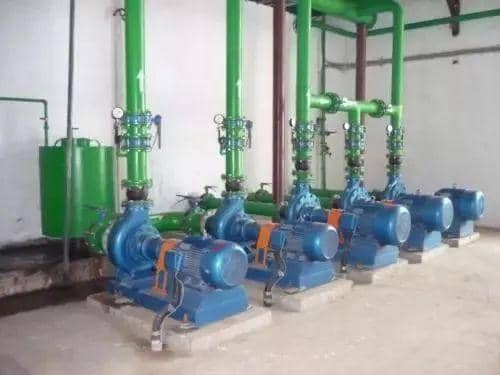Understanding Pre-Shipment Inspection Standards
Ensuring Quality and Compliance in Global Trade
In the realm of international trade, pre-shipment inspection standards play a pivotal role. These standards set the benchmarks for ensuring the quality, accuracy, and compliance of goods before they are shipped from the country of origin. Let’s explore the various aspects of pre-shipment inspection standards in detail.
Pre-shipment inspection standards are designed to provide a common framework for evaluating goods. They encompass a wide range of criteria, including product specifications, quality requirements, packaging standards, and labeling regulations. These standards are typically developed by international organizations, industry associations, or national regulatory bodies, taking into account global trade practices and requirements.

One of the key aspects of pre-shipment inspection standards is the verification of product quality. Inspectors assess factors such as the functionality, durability, and performance of the goods. They ensure that the products meet the specified quality levels and are suitable for their intended use. This is crucial to meet the expectations of the buyers and to maintain the reputation of the exporter.
Packaging standards are also an important component of pre-shipment inspection standards. The packaging must be adequate to protect the goods during transportation and handling. It should prevent damage, moisture ingress, and other potential hazards. Inspectors check the packaging materials, design, and labeling to ensure that they comply with the relevant standards. Proper packaging not only protects the goods but also contributes to their safe delivery to the destination.
Labeling regulations are another essential aspect of pre-shipment inspection standards. Labels must contain accurate and complete information about the product, including its description, ingredients, usage instructions, and any relevant warnings. This information is vital for consumers to make informed decisions and for ensuring compliance with local regulations. Inspectors carefully review the labels to ensure their correctness and legibility.
Compliance with international standards and regulations is a fundamental requirement of pre-shipment inspection. Many countries have specific standards and requirements for various products. These may include safety standards, environmental regulations, and technical specifications. By adhering to these standards, exporters can avoid potential trade barriers, sanctions, and legal issues. It also demonstrates their commitment to providing safe and compliant products in the global market.
The implementation of pre-shipment inspection standards brings several benefits. Firstly, it helps ensure the quality and consistency of the goods being exported. This builds trust among buyers and enhances the reputation of the exporter. Secondly, it reduces the risk of product recalls, returns, and customer complaints, saving time and money in the long run. Thirdly, it facilitates smooth customs clearance and reduces the likelihood of delays or complications at the border.
To maintain high standards in pre-shipment inspection, professional inspectors play a crucial role. They are trained and experienced in evaluating goods against the specified standards. Their expertise and attention to detail ensure accurate and reliable inspections. Additionally, advanced technologies and equipment are often used to assist in the inspection process, providing more precise and objective evaluations.
In the context of global supply chains, pre-shipment inspection contribute to the overall efficiency and reliability of the supply chain. They help coordinate the efforts of various stakeholders, such as manufacturers, exporters, and logistics providers. By ensuring that the goods meet the required standards, it minimizes disruptions and delays, improving the overall performance of the supply chain.
However, there can be challenges and considerations associated with pre-shipment inspection. Different countries may have varying standards and interpretations, which can create complexity in international trade. Additionally, the cost and time associated with conducting inspections can be a factor for some exporters. Balancing the need for quality and compliance with the practical aspects of doing business is an ongoing challenge.
In conclusion, pre-shipment inspection standards are an integral part of international trade. They ensure the quality, compliance, and reliability of goods being exported. By adhering to these standards, exporters can gain a competitive advantage, build trust with buyers, and contribute to the smooth functioning of the global market. As the world of trade continues to evolve, the importance of pre-shipment inspection standards will remain significant. What are your thoughts on pre-shipment inspection standards and their impact on global trade? Share your insights and experiences in the comments below.
Learn more Successful Arctic module fabrication, steel structure, modular and skid, steelwork, supplier audit, DNV Class, Oil & Gas, welding supervisor, welding quality inspection, CWI CSWIP welding inspector, pump and pipe, stainless steel fabrication and CNAS ISO 17025 9712 NDT NDE practice via below-
